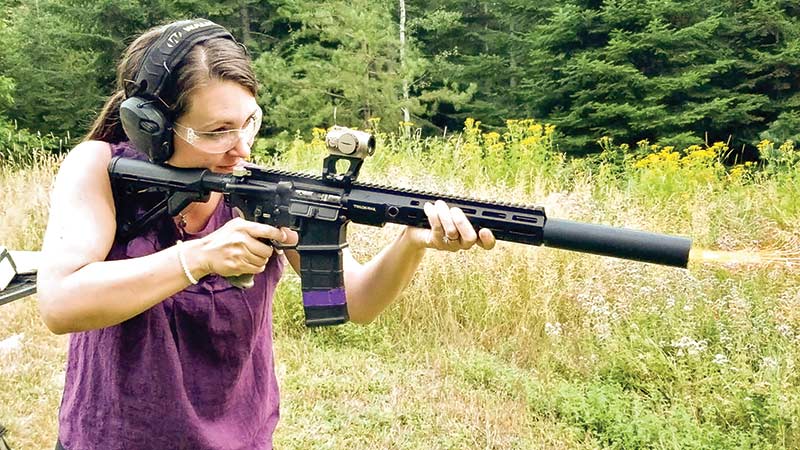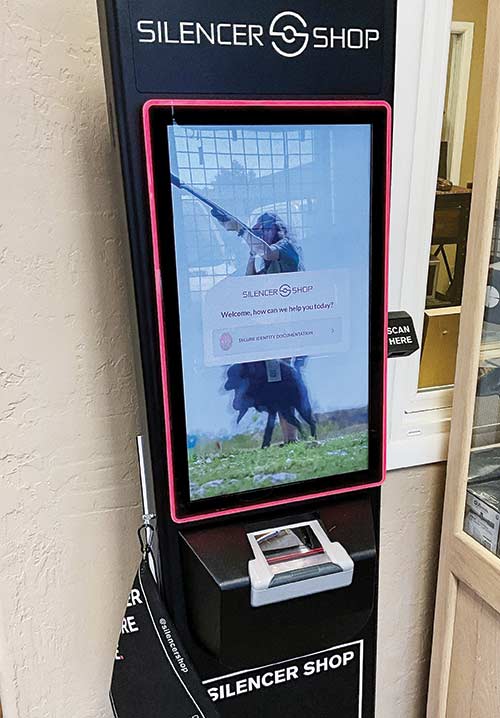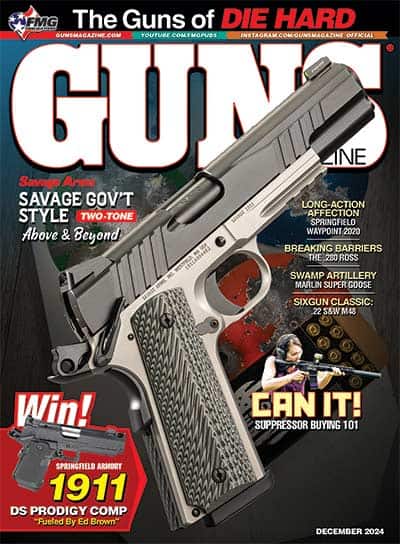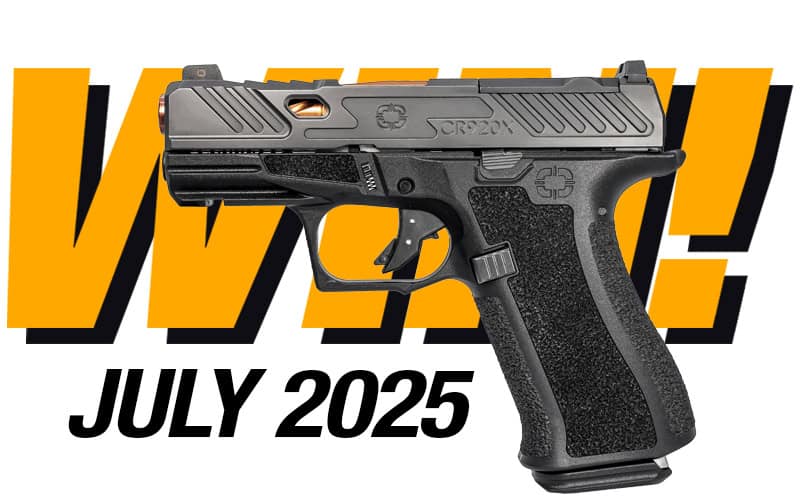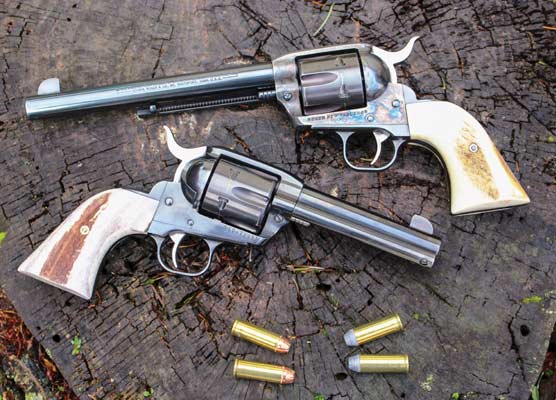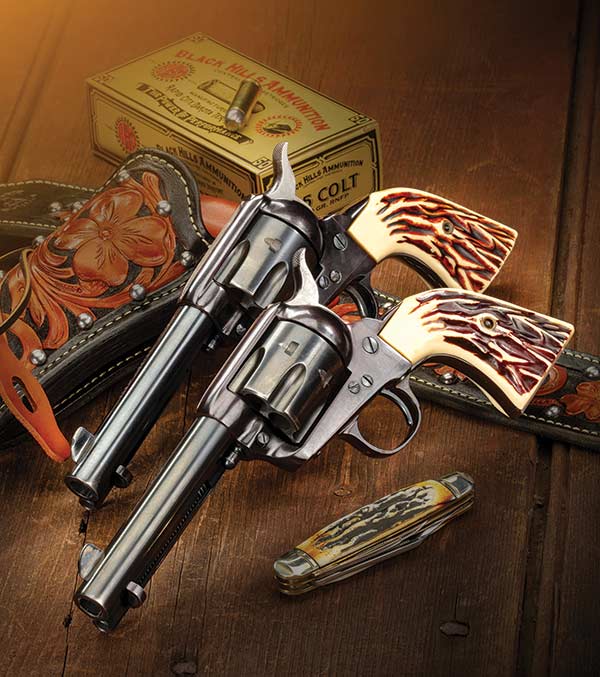Suppressor Buying 101
Starting From Scratch When Buying a Suppressor
I didn’t see a need for a silencer a few years ago because Hollywood has twisted our perception of silencers into something used by assassins and those intent on evil. I finally realized, in reality, they are a means to better public health by reducing noise levels.
Eye-Opening
My first exposure to a suppressed weapon was at a public range. The shooters next to me were having fun shooting a suppressed shoulder-fired weapon. In between my shots, I heard what sounded like the puff of a large air rifle, the plink of the bullet hitting the steel target and their teenage girl-like laughter.
I remember thinking it would be cool if my hunting rifle was this quiet, but I didn’t see how it could be.
Fast forward to the present. My military service-spawned tinnitus has worsened as I age, so I will never be without the sound of the ocean or a high-pitched electrical whine. Stopping the progression of hearing loss is essential to me. As I talk with other shooters the use of a suppressor keeps coming up over and over but how it would make a difference with high-power rifles still didn’t click.
The light bulb moment came at the NRL Hunter match at Gunsite Academy in Paulden, Ariz. I followed a group of shooters from station to station to learn the sport and was cautious about keeping my hearing protection in place while we were on the line. Somewhere along the way, I forgot to put my hearing protection back on after talking to a competitor and a shot was fired. As I scrambled to get the muffs on, I realized the shot wasn’t loud.
I cautiously pulled my earpro away. The shooter racked the action and fired again. To my amazement, the blast was not objectionable. As we returned to the waiting area, I asked what cartridge he was shooting. He replied it was a suppressed 6.5 Creedmoor.
The next shooter’s rifle was also a 6.5 Creedmoor but it had a muzzle brake. The muzzle blast was unpleasant, even with the hearing protection. The difference was night and day! This moment was when I realized why shooters use a suppressor!
Generally, shooting sports are evolving and many match directors are moving to require suppressors at matches. Most states allow their use for hunting and some big-game guides even require their clients to use a can, especially in Europe.
The Epiphany
I was hooked. The problem was I knew nothing about silencers and my thoughts were awash with questions.
Talking with Silencer Shop dealer Garrett Weiler, he has seen a positive trend in introducing young shooters to hunting and shooting using a silencer. A suppressor makes any type of shooting more pleasant and may even go beyond hearing. The U.S. military has found a link to shooting and concussion-like symptoms after a day at the range, much like the damage caused by contact sports like football. A good suppressor eliminates the shock wave caused by a gun blast.
I had two desires. The first was something for my hunting rifles, a suppressor with the feature to quickly swap from rifle to rifle. The second was something for home defense.
Not long ago, I participated in a CCW class. The instructor delved into something I had never thought of when it came to home defense — the impact of shooting inside a home. The blast of an unsuppressed handgun inside the confines of a house will deafen everyone in the room. The defender will be stunned and unlikely able to hear if other bad guys are still inside, if loved ones are safe or running towards you, or if law enforcement has arrived. An unsuppressed weapon can worsen a bad situation.
Choices
A suppressor is not a cheap accessory so in my simplistic, uneducated thinking, I would get a one-size-fits-all can. Doing research, I realized it was possible but a poor choice. As the saying goes, a jack of all trades is a master of none. The orifice must be close to the bullet diameter to reduce noise so a suppressor to fit my 45 ACP would not effectively reduce the sound of my 7mm Rem Mag, and the length of a suppressor for a high-power rifle may be a poor choice for a handgun.
A suppressor is truly purpose-built. Generally, they are broken down into rimfire, handgun, .223/5.56, .30 caliber, and large bore. Those categories can be further broken down by length, weight, and noise reduction. As you can see, the choices can be daunting and almost overwhelming.
Here are some general considerations when shopping for a suppressor:
Length — Longer means more sound reduction, while shorter means more maneuverability.
Mounting — Quick detach (QD) mounts are becoming the norm. Many new firearms come with threads but older guns must be modified by threading the barrel.
Caliber — The closer the suppressor is to your caliber, the better it reduces the sound, but a .30 caliber model work well on anything smaller.
Material — Aluminum is light and inexpensive but relegated to less powerful cartridges and slow-fire use. Titanium is very light but expensive and not suited for lengthy rapid-fire use. Stainless steel is the most common as it is strong enough to withstand continued rapid fire or higher pressures but is also heavier than other options.
Decibel Reduction – A suppressor reduces the muzzle blast to eliminate hearing damage. The design and environment will impact the amount of noise reduction. Further, not all manufacturers test their cans the same so noise reduction ratings can be tricky.
Maintenance — Some powders and cartridges deposit carbon faster than others, with rimfire cartridges being the worst. As a suppressor becomes loaded with carbon deposits, it gets heavier and loses performance. Some cans are made to disassemble for maintenance, and some aren’t. If they are not serviceable, the can will need to be sent back to be cut apart for cleaning, which adds expense and downtime.
Before buying, a newbie needs to focus on what they intend to do with the silencer. For me, I wanted a suppressor for my hunting rifles. I have multiple rifles to use it on so a can with quick disconnect (QD) was a good choice. Swapping the can is almost as fast as disconnecting an air hose.
The same goes for weight. As I wander the mountains in Arizona, I’m not particularly eager to carry extra weight if I don’t need to. My knees and back remind me every day the additional cost of titanium is a benefit.
Are you going to be using it in competition while running and gunning? What about long-range competition with lots of time between shot sequences? Is it for hunting or home defense? Do you want to burn through a 30-round magazine as fast as you can pull the trigger or will you be using a retina-detaching caliber? These all have a bearing on what suppressor to buy.
The best advice is to find experienced shooters doing what you want to do and ask what they are using.
Pulling the Trigger
The final step is actually buying a suppressor. To the uninitiated, purchasing a suppressor can be intimidating, especially if you don’t have a dealer who wants to guide you through the process.
First, find out if you live in one of the 42 states where silencer ownership is allowed. If you’re in California, Delaware, Hawaii, Illinois, Massachusetts, New York, New Jersey or Rhode Island, forget about it.
Companies like Silencer Central make the process simple and do all the heavy lifting. They have the experience and tools to make the process seamless and understandable, and most of the steps are done online. The buyer picks out the silencer they want, pays for it, then applies and pays for the NFA stamp. Silencer Central ships the buyer a fingerprint kit. Once the fingerprint card is sent back, the wait is on. Once the buyer is approved, the silencer is sent to their door.
Some companies, such as Silencer Shop, have stocking dealers with kiosks. Garrett Weiler of Uncle Arn’s Field Supply is a dealer for Silencer Shop. His kiosk will electronically submit the forms and take the buyer’s fingerprints and photos. It can’t be any easier. Once the ATF approves the buyer, the silencer is already in the dealer’s inventory so purchasing is no different than buying a firearm. With the new radically reduced wait time, the buyer may have their suppressor within days of applying!
I recently purchased my first suppressor. As I learn more about them, I feel it will be the first of many. I am not alone because they just make sense. With ATF wait times dropping to an average of 60 days, there couldn’t be a better time to start saving your hearing.
